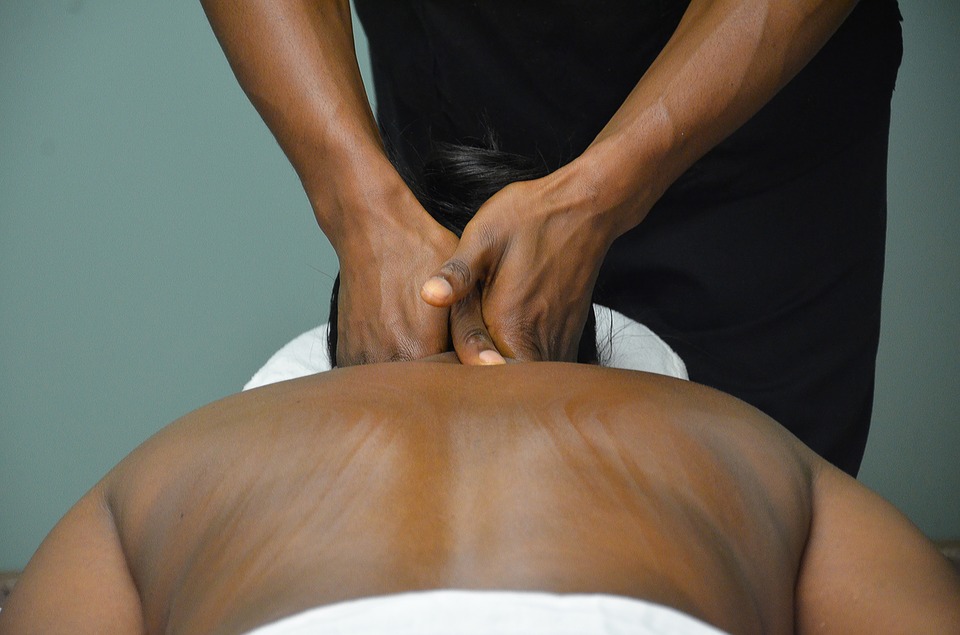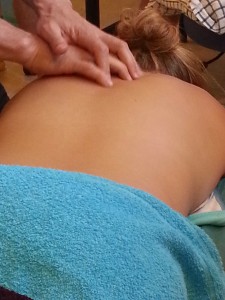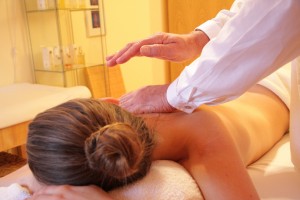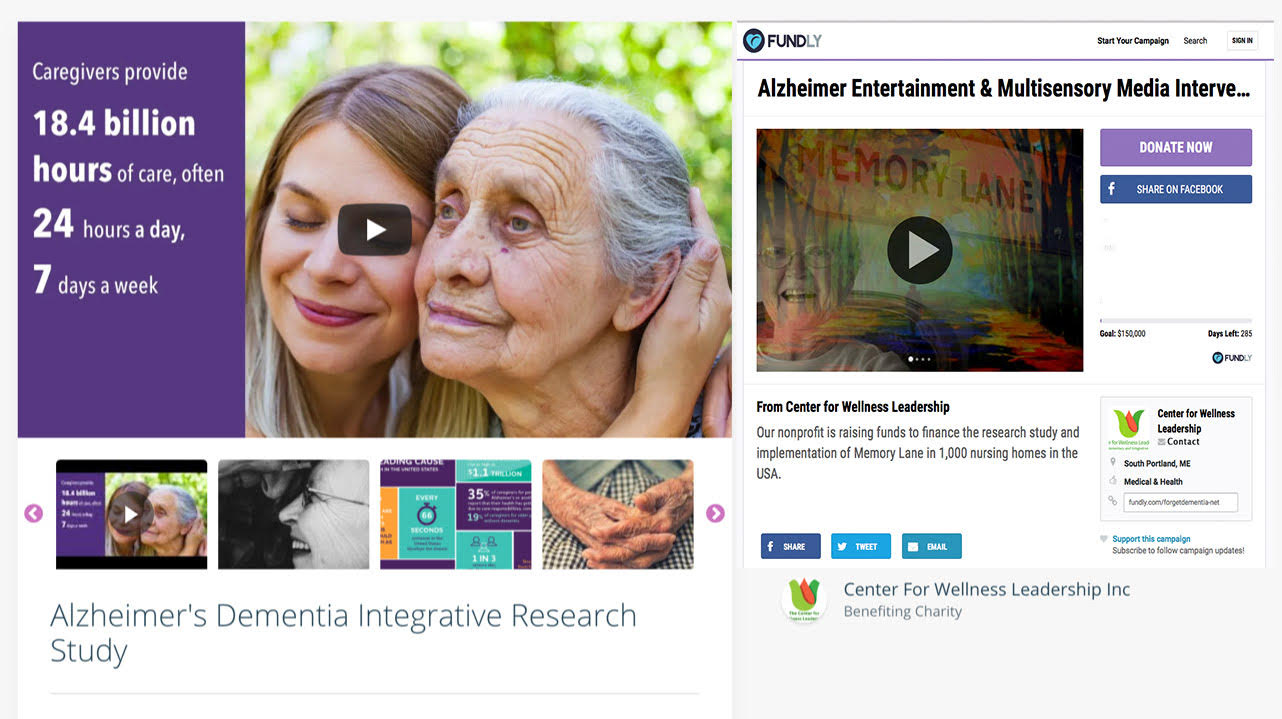Massage was one of the re-discovered practices during the Renaissance and became widely used in Europe during the era. In the 1850s, George and Charles Taylor, two American physicians who had studied in Sweden, introduced massage therapy in the United States. The modality became popular and was promoted for a variety of health purposes. In the first half of the 20th century, scientific and technological advances in medical treatment diminished the popularity of massage in the United States. By the late 20th interest in massage was rising, especially among athletes. Today, People use massage for a variety of health-related purposes, including to relieve pain, rehabilitate sports injuries, reduce stress, increase relaxation, address anxiety and depression, and aid general wellness.
Scientific Research








